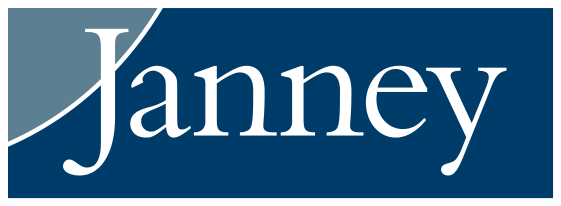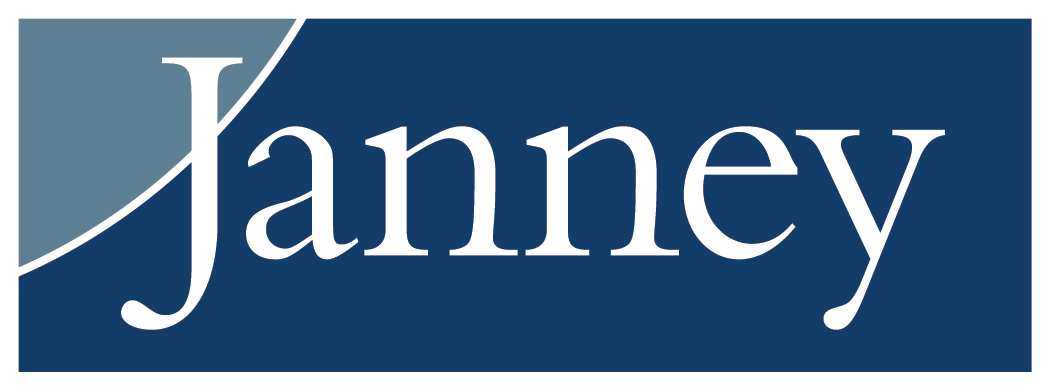When grandparents are given the gift of grandchildren, they are often filled with the desire to do anything they can to help, financially and beyond. In fact, according to the AARP, grandparents spend approximately $179 billion on their grandchildren every year.
One of the most important gifts a grandparent can give is to provide funding for their grandchildrens’ educational needs.
Section 529 of the IRS Code provides a tax-advantaged savings vehicle which allows grandparents to establish a 529 Plan account and appoint a grandchild as the beneficiary of that account.
While 529 Plan accounts were originally designed to provide for higher education/college funding, the 2018 Tax Cuts and Jobs Act expanded the scope of 529 Plans to allow them to now be used to fund private K-12 education expenses as well.
Advantages of 529 Plan Accounts
There are several advantages to using 529 Plan accounts from a grandparent’s perspective:
Contributions are treated as a completed gift: Each contribution that a grandparent makes to a 529 Plan account is treated, for tax purposes, as a completed gift. In most States, the 529 plan contributions, by way of the completed gift, can accrue a state tax benefit for the grandparents (be sure to consult your local tax advisor for an understanding of your state’s potential tax benefits). Each grandparent may contribute up to $18,000 per year ($36,000 per couple) to any individual grandchild’s account, the current federal gifting limit.
Superfunding: This term is interchangeable with forward gifting or max-funding. However you coin it, there is a unique provision within Section 529 of the IRS Code that allows 529 Plan account owners to gift up to five year’s worth of contributions within a single year. This superfunding provision means that grandparents can contribute up to $90,000 per beneficiary ($18,000 x 5 years) in a single year. That figure doubles to $180,000 if both grandparents contribute to an account for the same beneficiary.
Maintaining control of your assets: In contrast with other types of gifts, 529 Plan account contributions remain under the control of the account owner/grandparent and can only be used according to the will and by the direction of the grandparent. The beneficiary/grandchild cannot access the funds for any reason.
Removing assets from your estate: This advantage is one that too few people consider when they talk about opening a 529 Plan account. Although the primary purpose of these accounts is to provide for education funding for children/grandchildren, contributions to the 529 Plan accounts are treated as completed gifts, all contributions have the effect of reducing a grandparent’s estate by the full amount of the contributions. Many states allow for up to $350,000, and in some cases more, in lifetime contributions, which further enhances this benefit.
Tax-deferred growth: All investment gains, dividends, capital gains, and interest earned within a 529 Plan account grow on a tax-deferred basis. Earnings are tax-deferred but can be withdrawn tax-free when used for permitted education expenses. If you take the money out for a non-permitted education expense or a different use, you pay a penalty plus taxes on the portion of earnings that are outside the deferred window.
Tax-free withdrawals for qualified higher education (or K-12) expenses: Any withdrawals that are made from a 529 Plan account that are used for qualified higher education or primary (K-12) education expenses will be exempt from any tax burden.
FAFSA Simplification Act: The new FAFSA rules, which will take effect in the 2024-25 school year, will no longer count withdrawals from 529 plans owned by grandparents, aunts, uncles and other non-parents against a student's overall federal aid eligibility.
Things to Consider
The advantages of grandparent-owned 529 Plans typically outweigh any potential issues that come with funding a grandchild’s education, but there are a few potential pitfalls that should be taken into consideration.
- Potential taxes on distributions: If withdrawals from the 529 Plan account are used for any reason other than qualified education expenses, the earnings portion of the withdrawal would be subject to a 10% penalty and it would be taxed at the grandparent’s ordinary income tax rate.
- If a grandparent chose to superfund a 529 Plan account and they were to pass away during the five-year period, then a portion of the contribution would be “recaptured” into their estate for estate-tax purposes.
Working With Janney
Depending on your financial needs and personal preferences, you may opt to engage in a brokerage relationship, an advisory relationship or a combination of both. Each time you open an account, we will make recommendations on which type of relationship is in your best interest based on the information you provide when you complete or update your client profile.
When you engage in an advisory relationship, you will pay an asset-based fee which encompasses, among other things, a defined investment strategy, ongoing monitoring, and performance reporting. Your Financial Advisor will serve in a fiduciary capacity for your advisory accounts.
For more information about Janney, please see Janney’s Relationship Summary (Form CRS) on www.janney.com/crs which details all material facts about the scope and terms of our relationship with you and any potential conflicts of interest.
By establishing a relationship with a Janney Financial Advisor, we can build a tailored financial plan and make recommendations about solutions that are aligned with your best interest and unique needs, goals, and preferences.
Contact us today to discuss how we can put a plan in place designed to help you reach your financial goals.
This is for informative purposes only and in no event should be construed as a representation by us or as an offer to sell, or solicitation of an offer to buy any securities. The factual information given herein is taken from sources that we believe to be reliable, but is not guaranteed by us as to accuracy or completeness. Opinions expressed are subject to change without notice and do not take into account the particular investment objectives, financial situation, or needs of individual investors.
Employees of Janney Montgomery Scott LLC or its affiliates may, at times, release written or oral commentary, technical analysis, or trading strategies that differ from the opinions expressed within. Janney Montgomery Scott LLC, its affiliates, and its employees are not in the business of providing tax, regulatory, accounting, or legal advice. These materials and any tax-related statements are not intended or written to be used, and cannot be used or relied upon, by any taxpayer for the purpose of avoiding tax penalties. Any such taxpayer should seek advice based on the taxpayer’s particular circumstances from an independent tax advisor.
The examples provided are all hypothetical and do not take into account any specific situations. The hypothetical examples are provided to help illustrate the concepts discussed throughout and do not consider the effect of fees, expenses, or other costs that will effect investing outcomes. Any actual performance results will differ from the hypothetical situations illustrated here. Please consult a professional to help you evaluate your situation before implementing any of the strategies discussed here.
About the author

Related Articles
-
Financial Planning
10 Key Changes to the SECURE 2.0 Act
Saving for retirement is getting easier in 2024 thanks to SECURE 2.0. Here, we outline highlights... -
Philanthropic Giving
Tax-Smart Charitable Gifting Strategies
Take advantage of the current tax rules to support the charities you care about and save on your ... -
Tax Planning
3 Tax-Planning Considerations Ahead of Next Year's TCJA Sunset
The Tax Cuts and Jobs Act of 2017 is scheduled to sunset at the end of 2025, meaning significant ...




